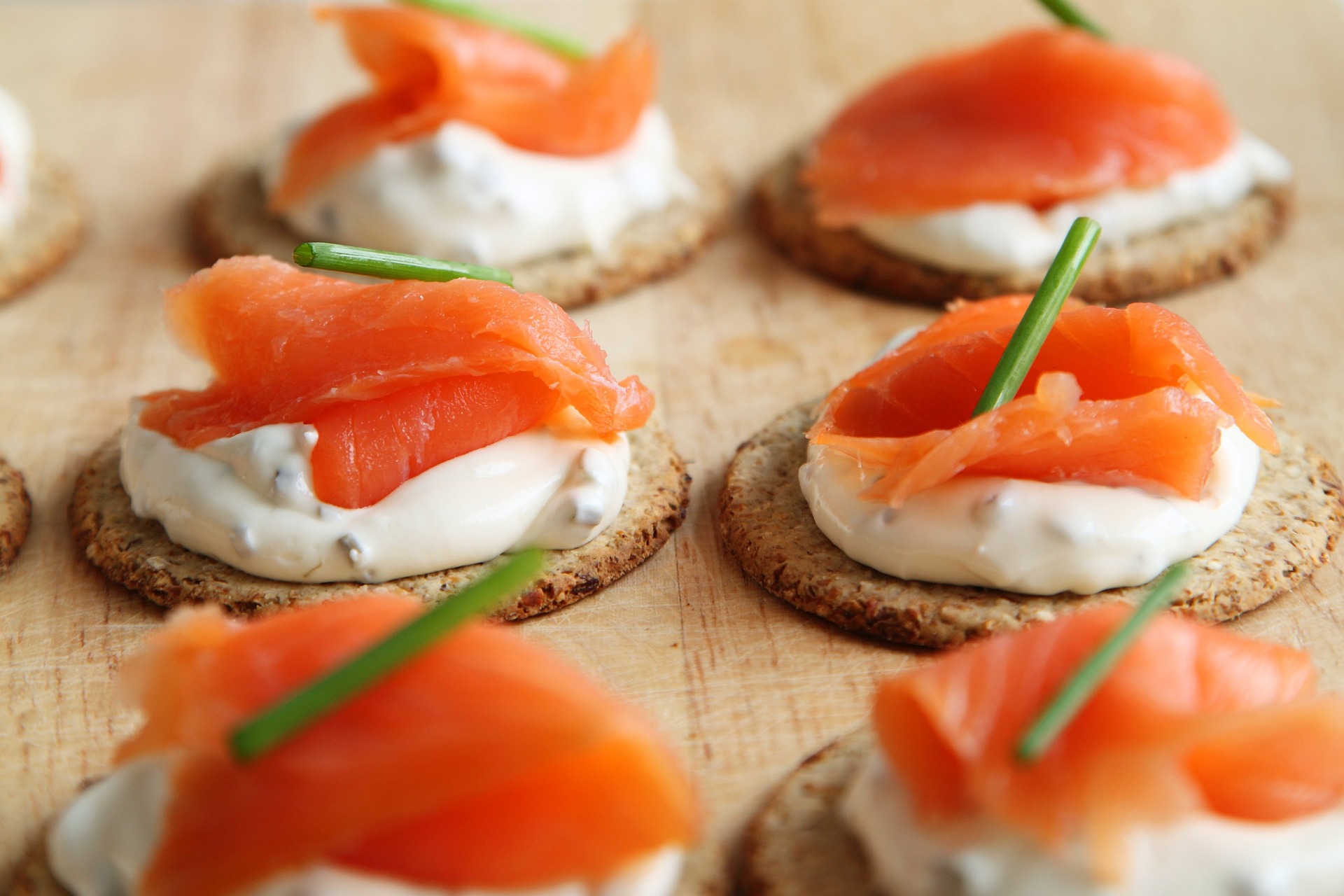Sustainable Seafood: What You Need to Know
In recent years, there has been a growing awareness of the importance of sustainable seafood practices. As consumers become more conscious of the impact of their food choices on the environment, the demand for responsibly sourced seafood has increased. Read below to discover the key aspects of sustainable seafood and how you can make informed choices when purchasing seafood products.

Understanding Sustainable Seafood
Sustainable seafood refers to fish and other marine species that are caught or farmed in a way that ensures the long-term health and stability of the species and the marine environment. This involves practices that minimize the impact on ecosystems, reduce bycatch, and protect vulnerable species. By choosing sustainable seafood options, consumers can support fisheries and aquaculture operations that are committed to environmental stewardship.
Certifications and Labels
One way to identify sustainable seafood is through certifications and labels. Organizations like the Marine Stewardship Council (MSC) and Aquaculture Stewardship Council (ASC) provide certifications to fisheries and aquaculture facilities that meet specific sustainability standards. Look for these labels when purchasing seafood to ensure that you are making a responsible choice.
Seasonality and Locally Sourced Options
Another important aspect of sustainable seafood is considering seasonality and opting for locally sourced options when possible. By choosing seafood that is in season and sourced from local fisheries, you can reduce the carbon footprint associated with transportation and support small-scale producers in your community.
Making Informed Choices
When shopping for seafood, do some research on the different species and fishing methods to understand which options are more sustainable. Avoid purchasing seafood from overfished populations or those caught using destructive practices such as bottom trawling. By making informed choices, you can contribute to the preservation of marine ecosystems and ensure a healthier future for our oceans.
Sustainable Seafood Recipes
To incorporate sustainable seafood into your diet, explore recipes that feature responsibly sourced fish and shellfish. From grilled sustainable salmon to seafood stew made with locally caught ingredients, there are plenty of delicious and eco-friendly options to try. Experiment with different flavors and cooking techniques to make the most of sustainable seafood in your meals.
- Choose wild-caught Alaskan salmon or Pacific sardines for a sustainable seafood option.
- Opt for farmed shellfish such as mussels and oysters, which have a low environmental impact.
- Consider trying alternative seafood options like seaweed and kelp, which are nutritious and sustainable choices.
In conclusion, sustainable seafood is not only beneficial for the environment but also for your health. By making conscious choices when purchasing seafood and supporting sustainable practices, you can contribute to the preservation of our oceans and marine biodiversity. Embrace the diversity of seafood options available and enjoy delicious meals that are both nutritious and environmentally friendly.




